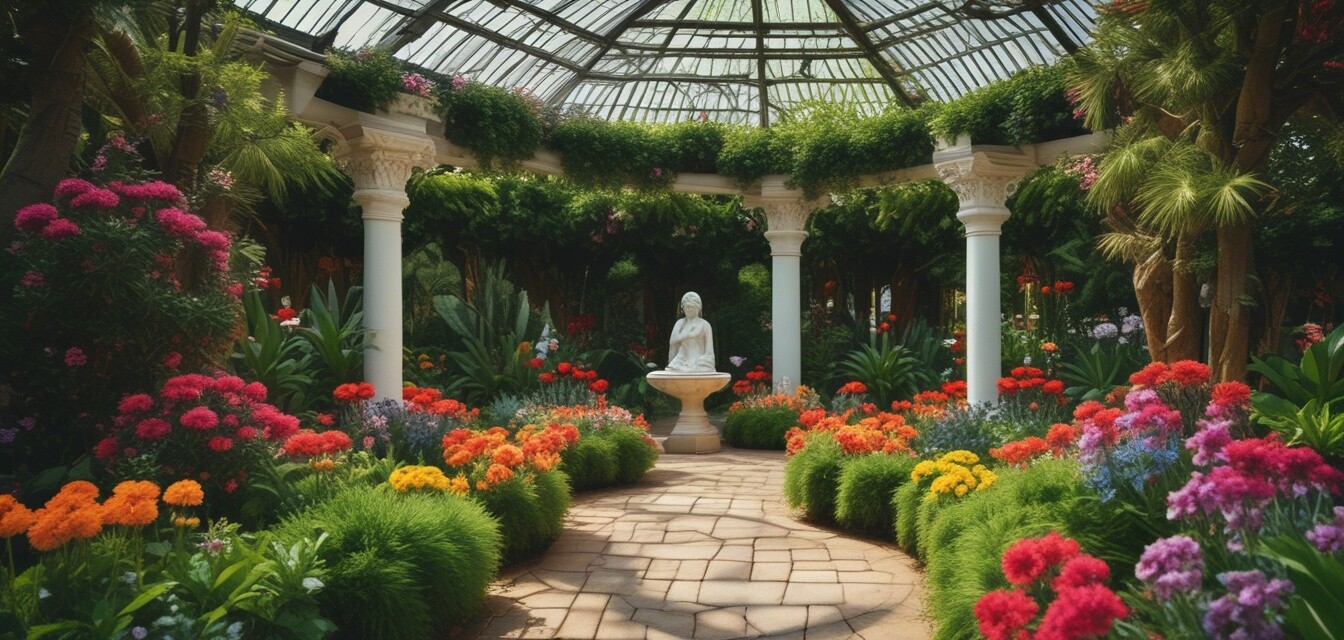
Incorporating Art into Your Garden Design
Key Takeaways
- Art can elevate the design of your garden.
- Choose art pieces that complement your garden's theme.
- Consider the scale and placement of art installations.
- Mix different materials for visual interest.
- Incorporate functionality along with aesthetics through practical art pieces.
Gardening is an art in itself, but why not enhance that artistry by incorporating various forms of art into your garden? Whether it’s sculptures, decorative stones, or artistic lighting, the integration of art can elevate the aesthetic of any outdoor space. This article will guide you through thoughtful ways to adorn your garden with artistic elements that resonate with your personal style.
Choosing the Right Art for Your Garden
Choosing the right art requires careful consideration of various factors:
- Theme: Determine the overall theme of your garden. Is it formal, wild, modern, or rustic?
- Color palette: Select art that complements or contrasts your garden's colors effectively.
- Material: Consider materials that will withstand outdoor conditions, like metal, stone, ceramic, or weather-resistant wood.
Types of Art to Incorporate
| Type of Art | Description |
|---|---|
| Sculptures | Create focal points. They can be abstract or representational, enhancing allure. |
| Decorative Stones | Introduce texture and interest; they can be painted or left natural. |
| Garden Mosaics | Use vibrant colors and patterns to enhance surfaces like pathways or table tops. |
| Artful Lighting | Include contemporary lighting fixtures or artistic lanterns to illuminate the space creatively. |
Placement of Art Installations
Once you've selected the art, placement is crucial:
- Focal Points: Ensure art installations stand out as focal points. Position them at eye level.
- Layering: Layer different elements to create depth and visual interest.
- Surroundings: Ensure that art installations are complemented by the surrounding plants and features.
Creating Harmony with Nature
When incorporating art into your garden, strive for harmony between the art pieces and natural elements:
- Utilize plant sculptures or pieces that mimic botanical shapes.
- Incorporate nature-inspired designs, such as leaf motifs or water themes.
- Choose colors in your art that resonate with the surrounding blooms and greenery.
Artistic Functional Pieces
Art can also serve a function in your garden:
- Benches: Beautifully crafted benches can be artistic statement pieces.
- Water Features: Fountains not only serve a purpose but also add a serene element.
- Planters: Unique planters can double as art while housing your favorite plants.
Maintaining Your Garden Art
To ensure longevity, consider the maintenance of art installations:
- Clean regularly to prevent dirt accumulation.
- Inspect for wear and tear, especially after harsh weather conditions.
- Use protective coatings on surfaces susceptible to rust or deterioration.
Conclusion
Incorporating art into your garden design is an excellent way to showcase personal expression while creating an inviting and visually stimulating space. The thoughtful selection and placement of art can transform ordinary gardens into extraordinary landscapes. For more ideas and inspiration, consider exploring our categories on Garden Inspiration, which offers comprehensive guides to achieving beautiful outdoor spaces.
Pros
- Enhances the aesthetic appeal of the garden.
- Encourages personal expression and creativity.
- Provides functional benefits alongside artistic value.
Cons
- Potentially requires higher budget depending on the type of art.
- May require more maintenance compared to regular garden elements.
- Overcrowding art can lead to a cluttered look.